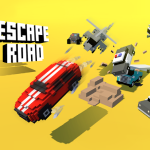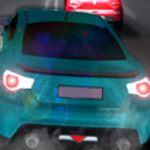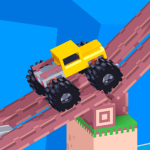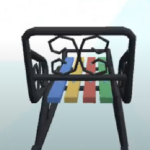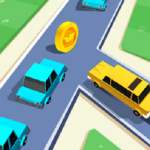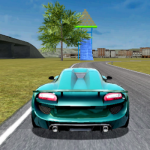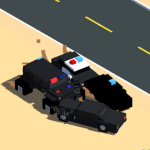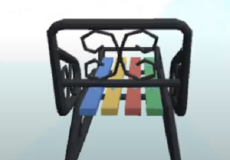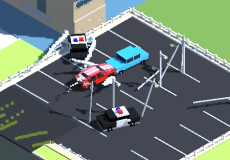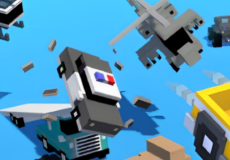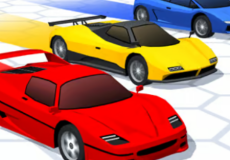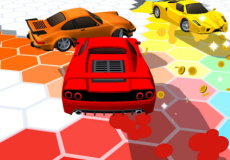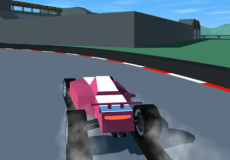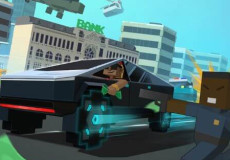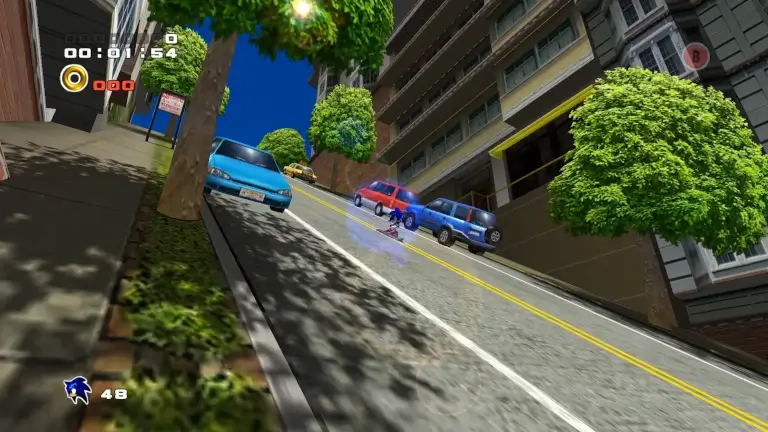

Happy Wheels
Happy Wheels is a physics-based platform game where players control unconventional characters moving through obstacle-heavy levels. Each character uses a different vehicle, such as a wheelchair, bicycle, or scooter. The core mechanic is based on physics simulation, where character limbs and vehicle parts respond to terrain and impacts in real time. The player must reach the finish line while avoiding spikes, traps, falls, and other hazards that can cause loss of control or injury to the character.
Similiar games
Happy Wheels is a physics-based platform game where players control unconventional characters moving through obstacle-heavy levels. Each character uses a different vehicle, such as a wheelchair, bicycle, or scooter. The core mechanic is based on physics simulation, where character limbs and vehicle parts respond to terrain and impacts in real time. The player must reach the finish line while avoiding spikes, traps, falls, and other hazards that can cause loss of control or injury to the character.
Level Variety and Player Challenge
Each level presents a specific layout filled with moving objects, sudden drops, rotating blades, and other devices that react to the player’s motion. The unpredictability of the physics system creates frequent unexpected outcomes, making even small movements important. Some levels are designed as obstacle courses, while others involve timing-based puzzles or high-risk jumps. The game does not rely on speed alone — precision, momentum, and patience play a key role in completing each challenge successfully.
Main Features of Happy Wheels
The gameplay experience is shaped by several consistent elements:
- A physics engine that affects character movement and vehicle handling
- Multiple playable characters with unique controls
- User-generated levels with a wide range of styles
- Instant restart after failure without loading screens
- A built-in level editor for custom content creation
These elements support a structure where experimentation, failure, and repetition lead to better performance.
Visual Style and Feedback
The visual design is simple but functional, using 2D graphics with exaggerated physical effects to highlight impacts and movement. Characters can lose limbs or fall off their vehicles, and the game continues until they can no longer move or reach the goal. The feedback system is entirely visual — players rely on what they see to judge if a move was successful or if they need to retry. There are no health bars or scores during gameplay; success is based solely on reaching the end of the level.
Replay and Creative Options
Happy Wheels allows players to revisit levels to improve their control, timing, and decision-making. Since the game includes a level editor, players can also build their own stages using the same tools that shaped the original maps. This expands the playable content far beyond the built-in levels. The open structure and frequent restarts make it easy to attempt new strategies, try different characters, or experiment with how movement affects survival. The game remains active through its endless combination of challenges created by its mechanics and player-made content.
Discuss Happy Wheels

